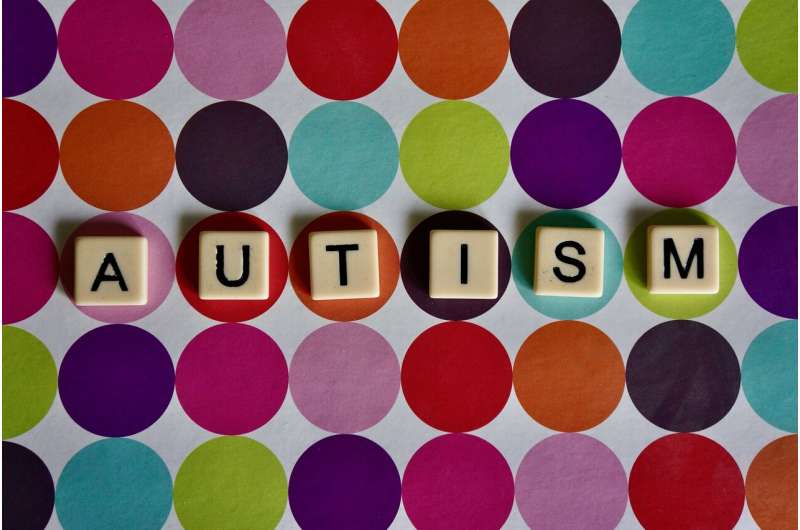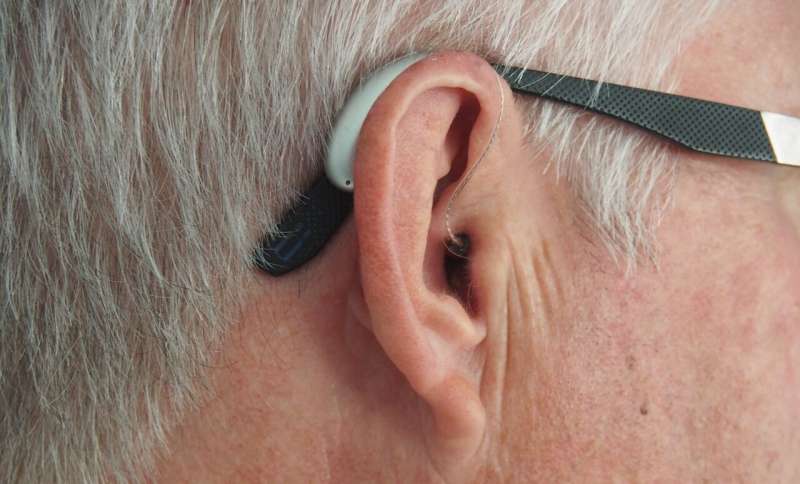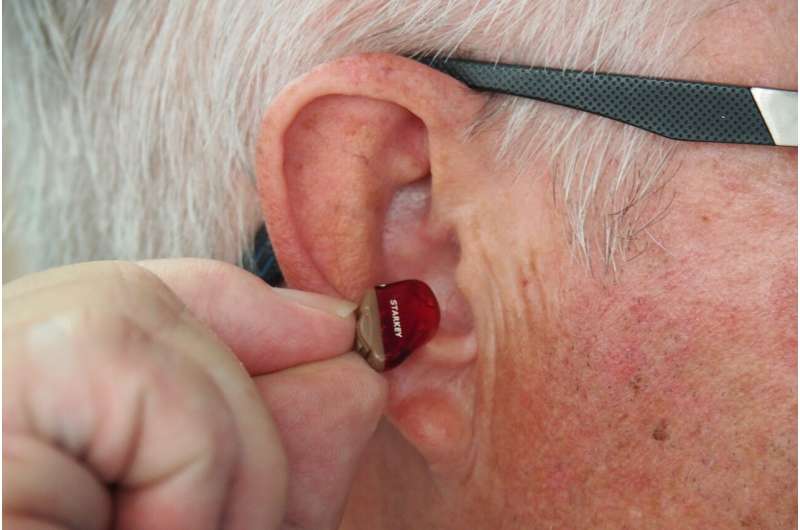Understanding Autism: Recognizing Early Signs, Challenging Misleading Labels, and Emphasizing the Importance of Support

Explore the latest insights on autism spectrum disorder, including early signs, the impact of labels, causes, and the importance of supportive measures to help autistic individuals thrive.
Autism spectrum disorder (ASD) is a multifaceted neurodevelopmental condition that influences how individuals communicate, behave, and connect with others. Although awareness around autism has increased, misconceptions still exist — from uncertainties about early detection to false beliefs about cure possibilities.
Dr. Sarabeth Broder-Fingert, a professor of pediatrics and vice chair of clinical research at UMass Chan Medical School, highlights the evolving understanding of autism, emphasizing early identification and the significance of the language we use.
Research at the Eunice Kennedy Shriver Center focuses on improving the lives of those with intellectual and developmental disabilities through various clinical trials and innovative approaches, including neuroimaging and intervention strategies.
Detecting Autism Early: What Are the Signs?
Typically, autism diagnosis occurs between 14 and 20 months of age. However, scientists hope to identify biomarkers that could enable detection as early as the first six months of life.
There are early indicators—some observable, others less obvious. For instance, specific EEG brain activity patterns may serve as predictive markers, but these are still under research.
Visible signs in infants may include delays in reaching developmental milestones, unusual engagement with adults, and heightened sensory sensitivities. For example, infants who are extremely sensitive to bright lights, loud noises, or certain textures at six months might show early signs of autism.
Nonetheless, Dr. Broder-Fingert notes that current limitations prevent formal diagnosis in very young children, as the signs are present but not yet measurable through official tools.
What Causes Autism?
While many are curious about the causes of autism, it's crucial to approach this topic with sensitivity. Autistic individuals often take pride in their identities, and understanding the causes should not diminish their experiences.
Experts point to three main contributors:
- Improved detection and access to care — This has been a significant factor in the rising number of diagnoses.
- Genetic predisposition — Autism frequently runs in families, and research suggests that having siblings with autism increases risk significantly.
- Environmental influences — Though less certain, some studies suggest environmental factors may play a minor role.
Do Labels Harm or Help?
Labels like "high functioning" or "low functioning" can be misleading, oversimplifying the diverse experiences of autistic individuals. Dr. Broder-Fingert prefers precise descriptions that reflect specific needs, such as "requires communication support" or "has sensory processing challenges." She emphasizes that children and adults can change over time, and labels should not define their potential.
Is Autism a Lifelong Condition or Something to Cure?
Autism is a lifelong spectrum, and current consensus discourages the idea of curing it. Many autistic people find pride in their identity and traits. Instead of seeking to eliminate autism, support should focus on helping individuals thrive through therapies, family education, and accommodations.
Dr. Broder-Fingert uses an analogy comparing managing anxiety with managing autism traits: certain traits are beneficial, and only the aspects that interfere with daily life should be addressed.
Increasing Diagnoses in Women and the Path Forward
Women are increasingly diagnosed with autism later in life. Historically thought to be predominantly a male condition, many women mask their traits to fit in socially, often only realizing their diagnosis after their child's diagnosis or during adulthood.
Moving forward, understanding autism requires moving beyond simplistic labels and misconceptions. Early detection methods are improving, but more tools and personalized support strategies are essential.
The goal is not to "fix" autism but to create a supportive environment where autistic individuals can reach their full potential.
Stay Updated with Mia's Feed
Get the latest health & wellness insights delivered straight to your inbox.
Related Articles
Innovative AI Glasses Show Promise for Enhancing Hearing in Challenging Environments
Discover how cutting-edge AI glasses are transforming hearing support by filtering background noise in real-time, promising better social engagement for those with hearing loss. Source: https://medicalxpress.com/news/2025-08-ai-glasses-loss.html
Innovative Herpes Virus-Based Vaccine Shows Potential in Cancer Treatment Without Side Effects
A novel herpes virus-based cancer vaccine shows promise in targeting tumors effectively without causing side effects, offering new hope for cancer therapies.



